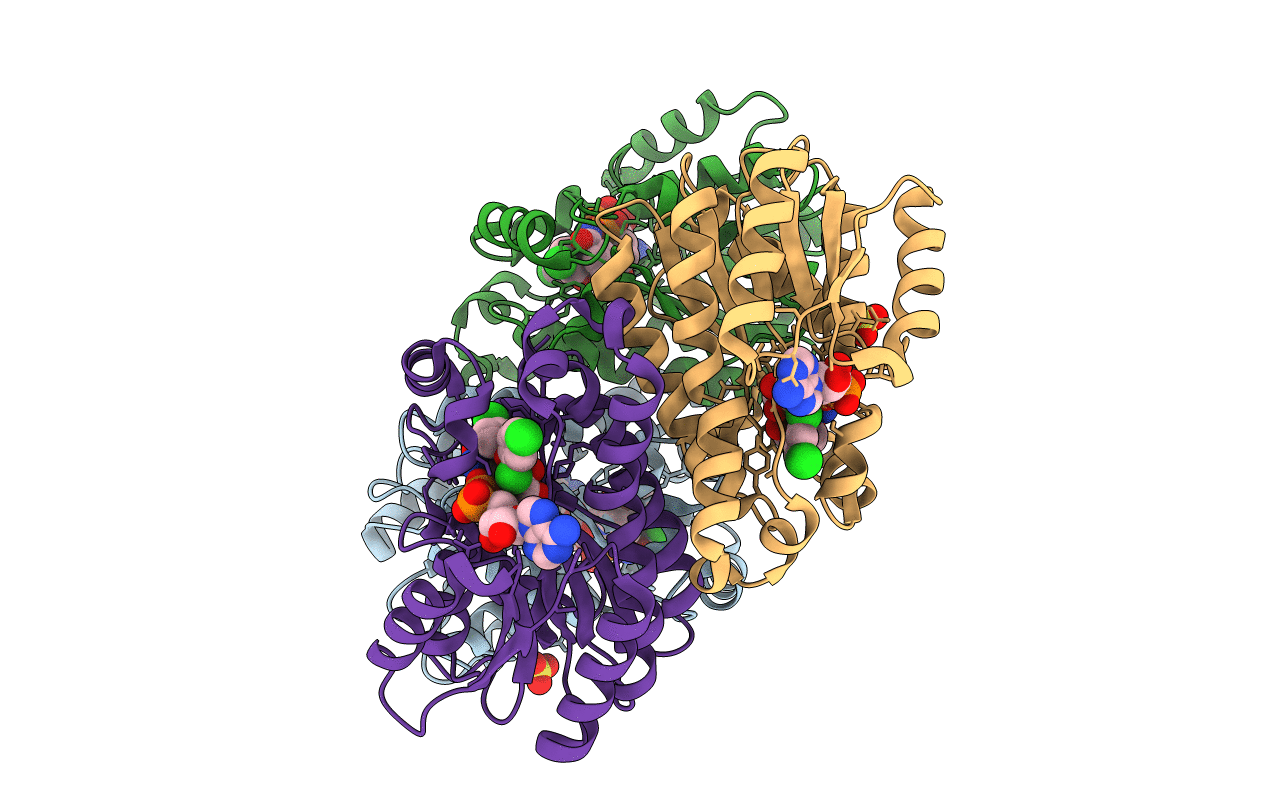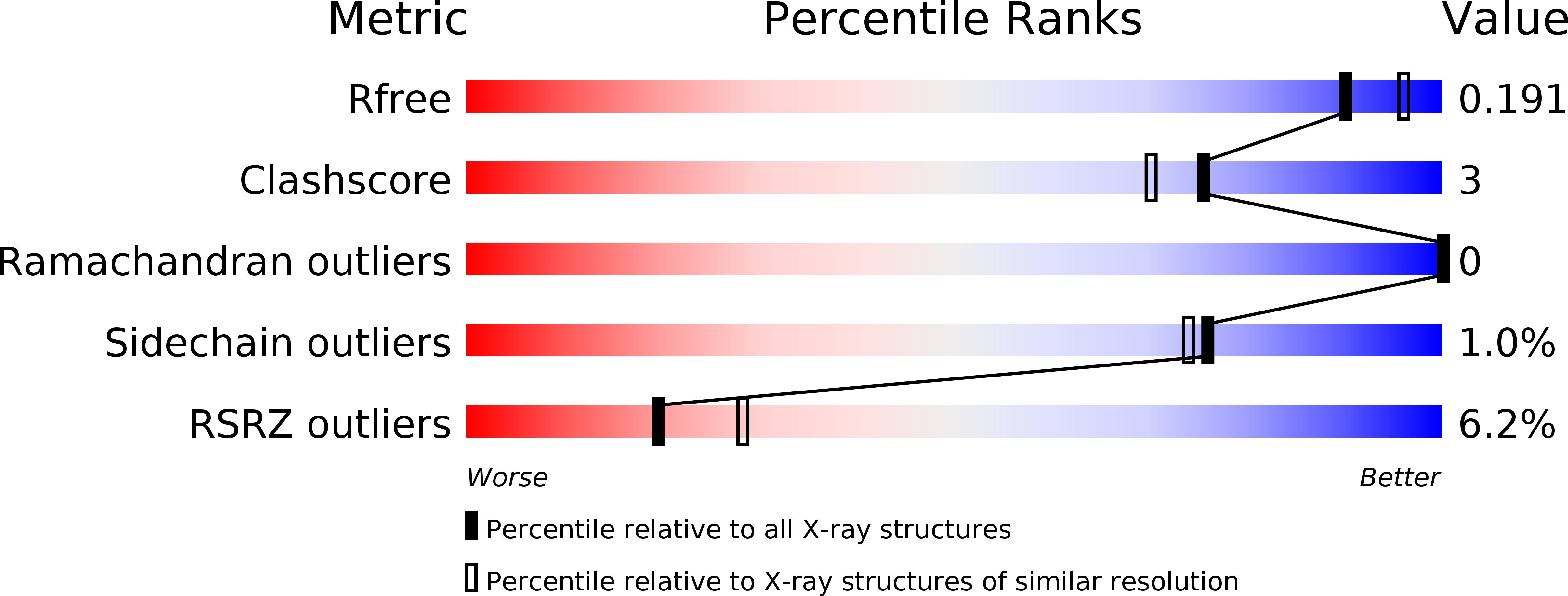
Deposition Date
2017-09-08
Release Date
2018-02-21
Last Version Date
2023-11-22
Entry Detail
PDB ID:
5YCS
Keywords:
Title:
X-Ray Structure of Enoyl-Acyl Carrier Protein Reductase from Bacillus Anthracis with triclosan
Biological Source:
Source Organism:
Host Organism:
Method Details:
Experimental Method:
Resolution:
1.95 Å
R-Value Free:
0.19
R-Value Work:
0.16
R-Value Observed:
0.16
Space Group:
P 32 2 1


